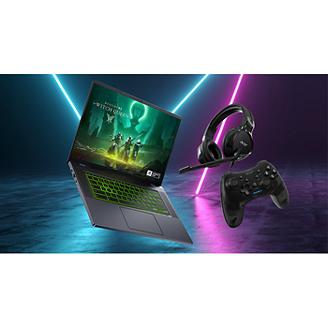Windows to Go is a very powerful tool that is not well understood. For years I have travelled with one laptop and multiple drives, one for work and one for personal use. Often at a conference I would leave the laptop in a hotel room and just carry the drives in a coat pocket.
However due to the nature of Windows since Win2000/ME the drives were only usable in that one laptop, in any other computer, even the same make and model, they would bluescreen. This meant that for forensic/recovery work, you needed either Linux or to mount the drive as a slave.
Windows to Go changes that and is an enormous enabler of BYOD. You can have a personal device that can now be used for business/enterprise/agency use with a completely different set of policies and protections just by providing a thumb drive. When removed it becomes the personal device again. Both contexts are insulated from each other through full disk encryption and "never the twain will meet".
Here "thumb drive" is a bit of a misnomer since it can be anything from a special flash drive (e.g. Kingston "Workspace") to a 120GB SSD the size of a pack of playing cards.
The DoD bought in to the tune of over U$600M in December and the NSA issued an instruction sheet.
http://www.nsa.gov/ia/_files/factsheets/Windows_To_Go.pdf
Add in the first Windows device that can fit in a pocket (may strain the seams a bit though) and an entirely new Vista of portability opens up.
Quite a diffence since my first 32lb "portable PC".








